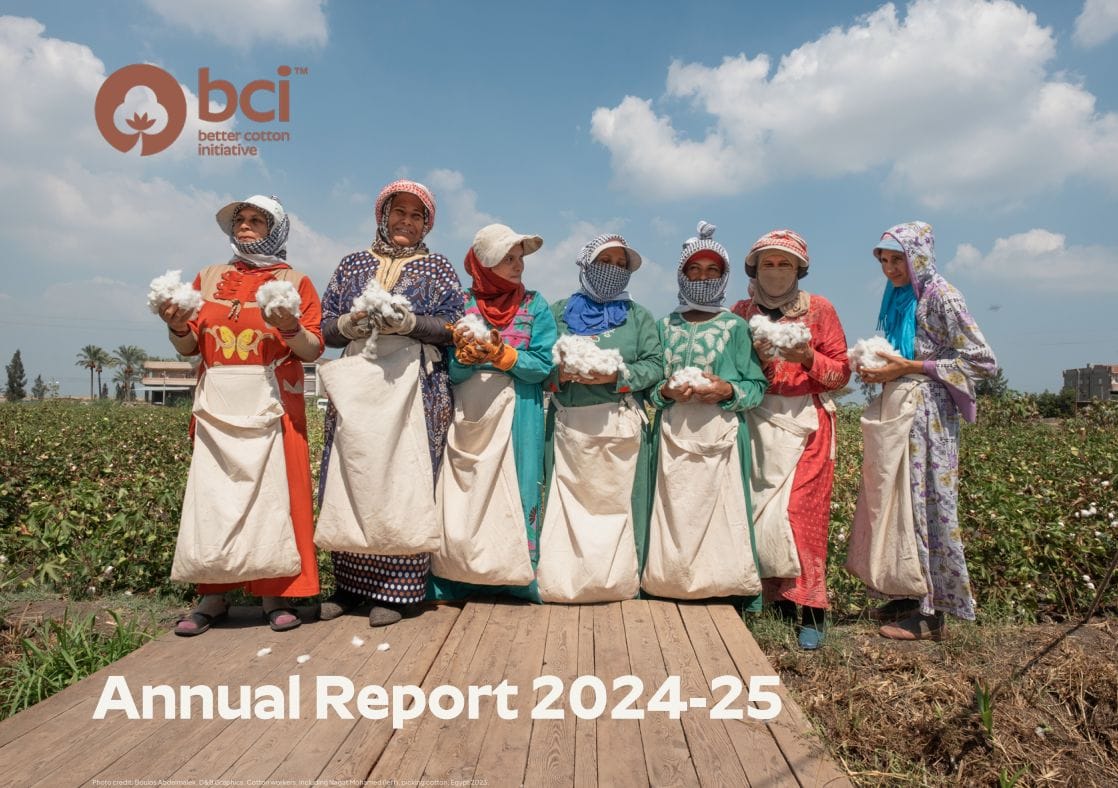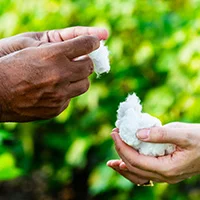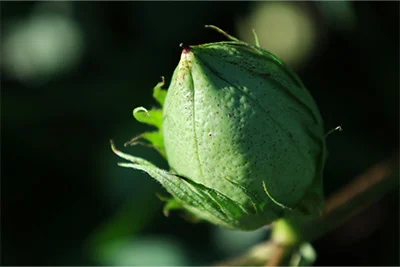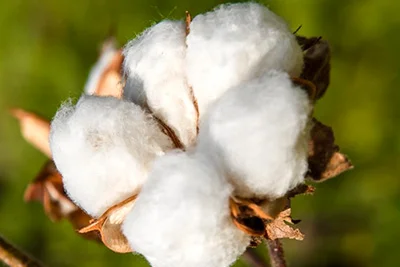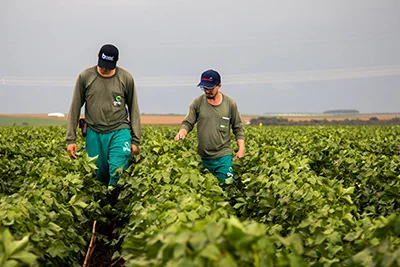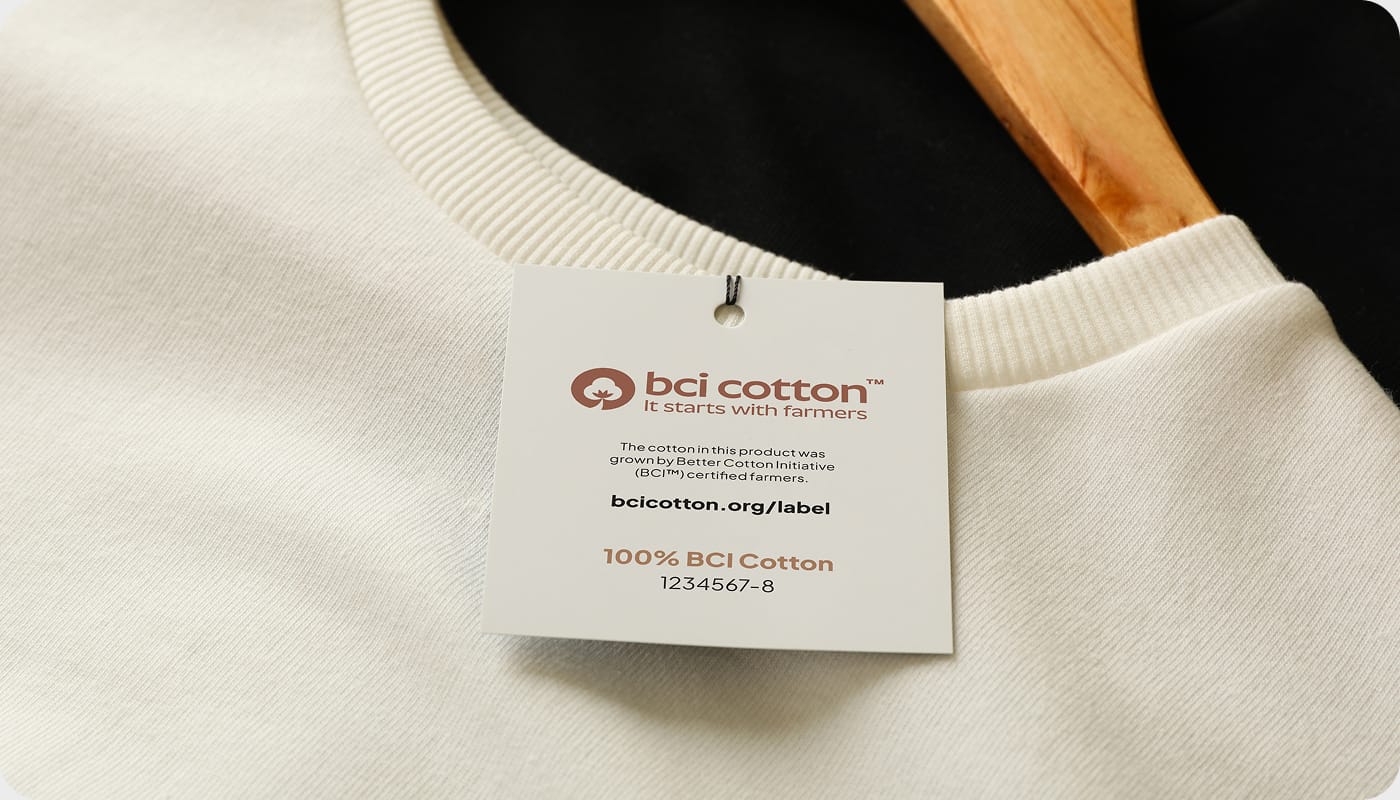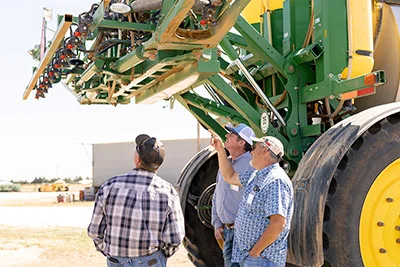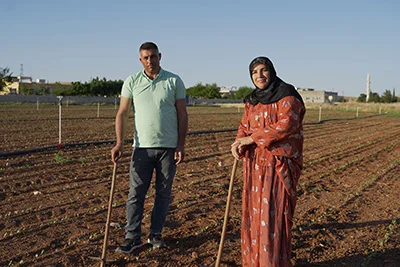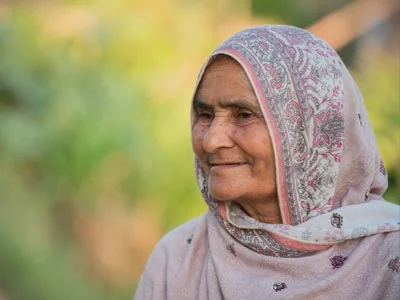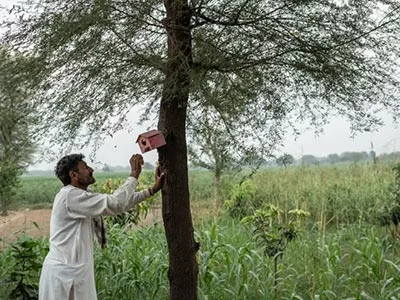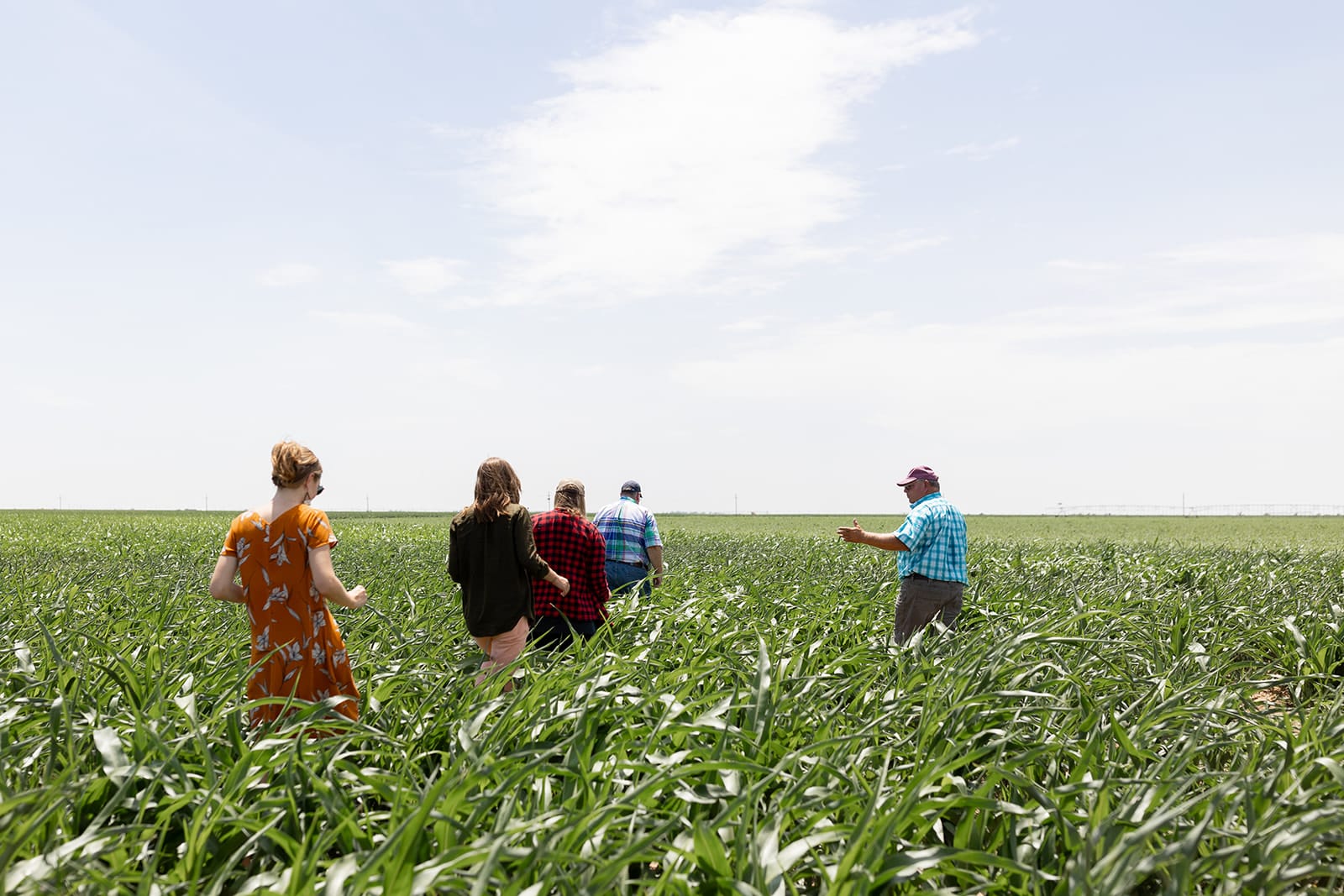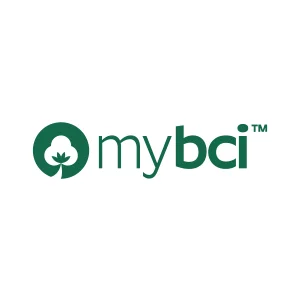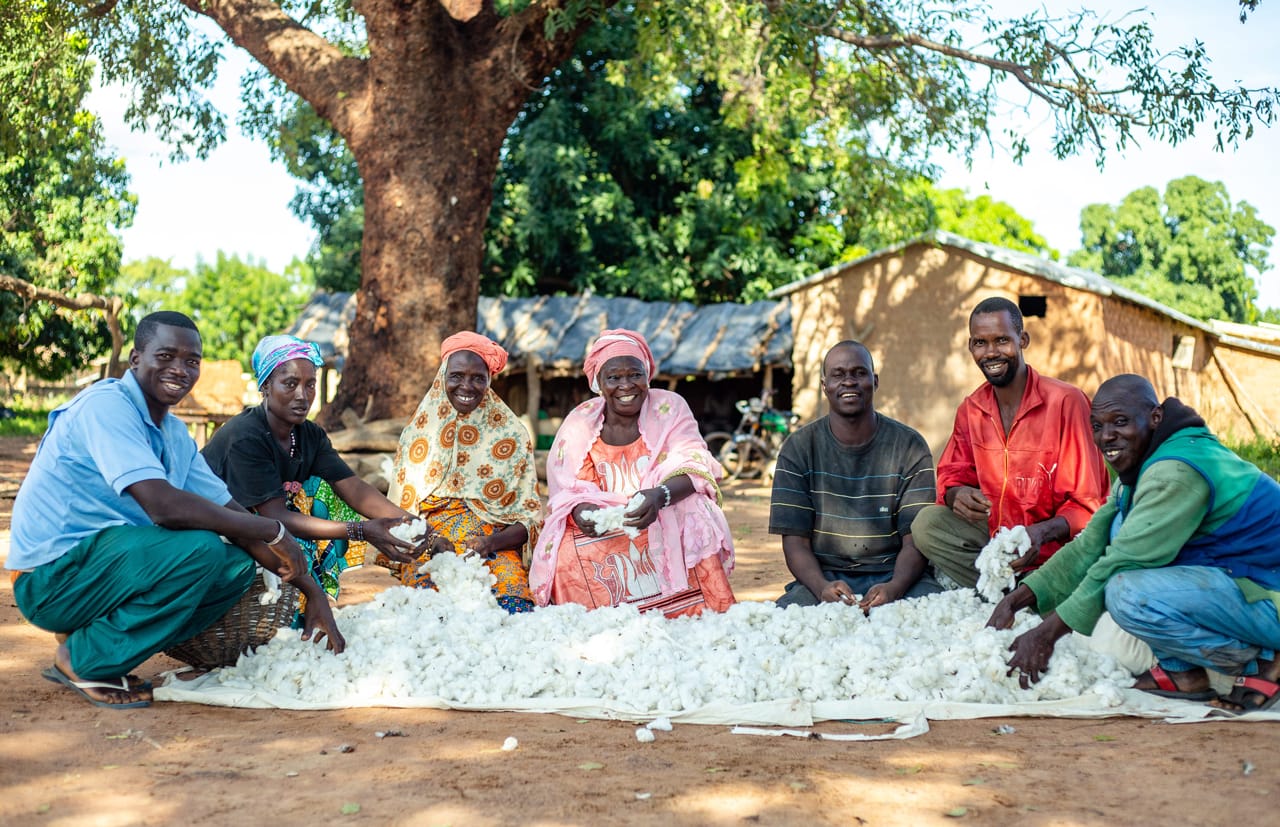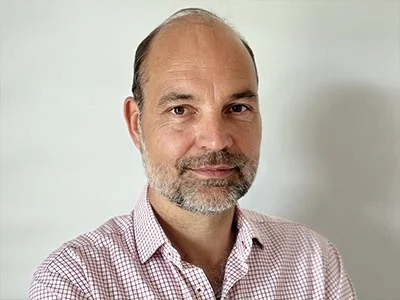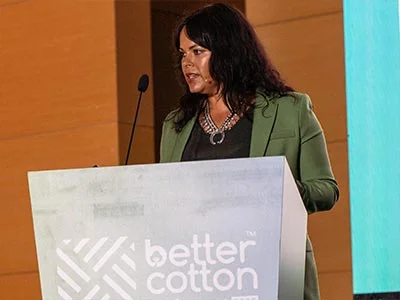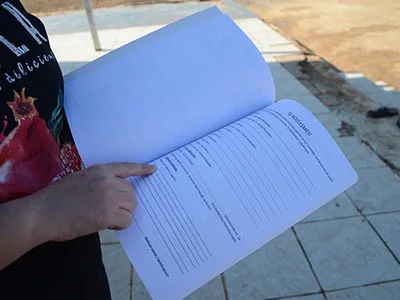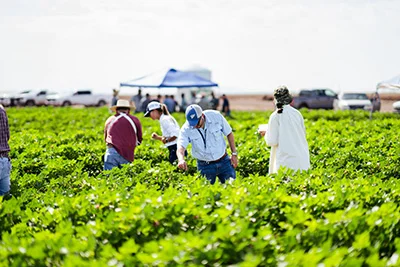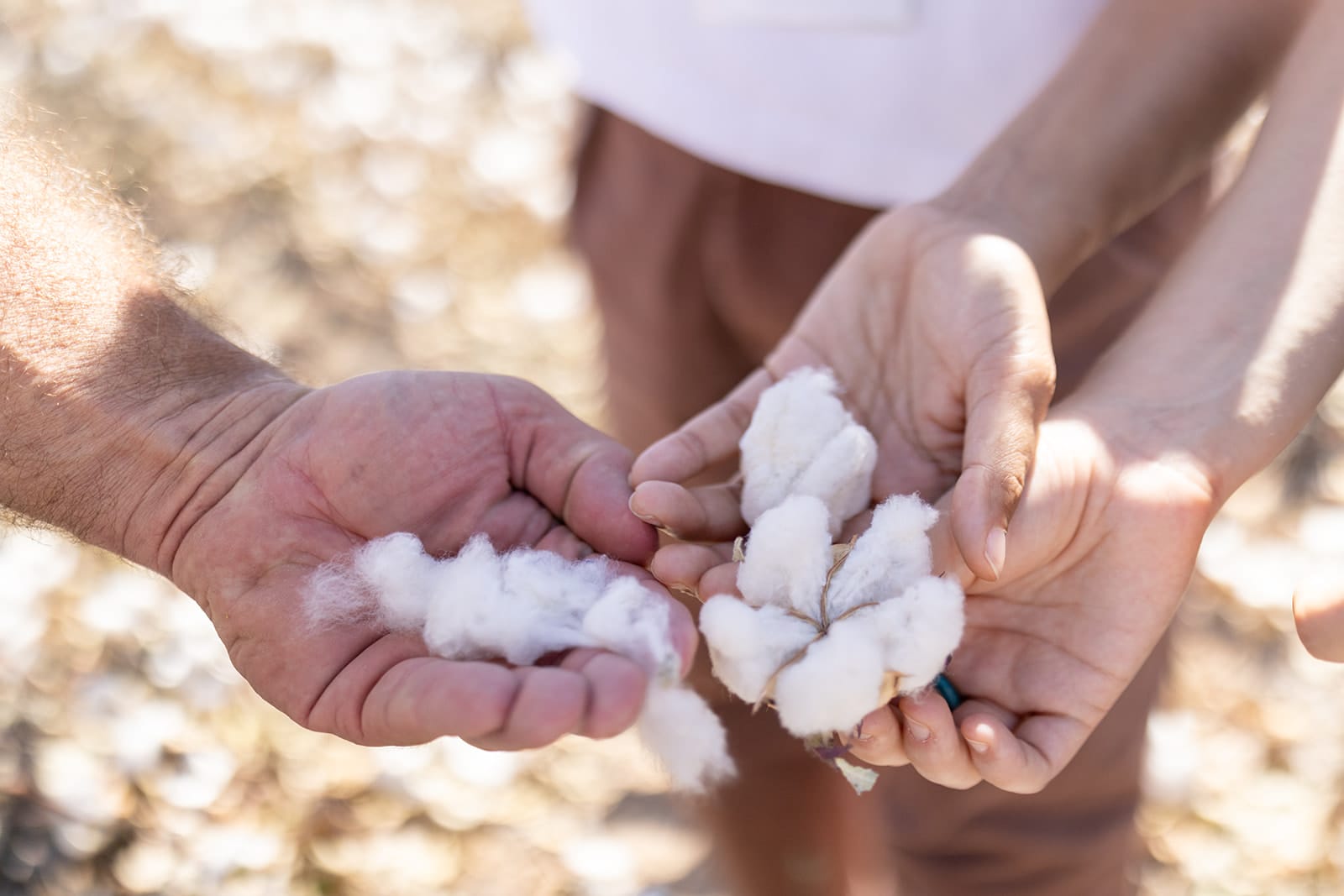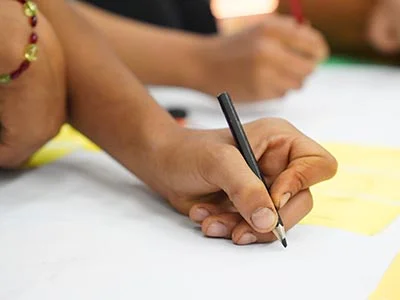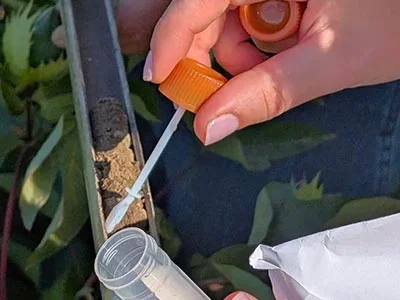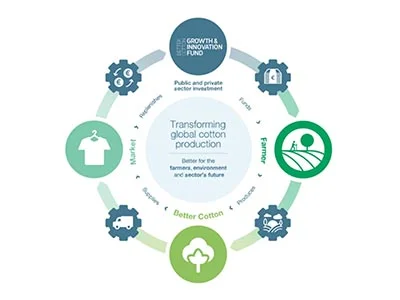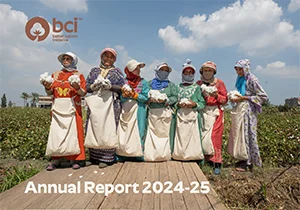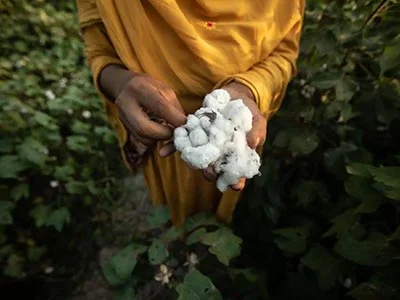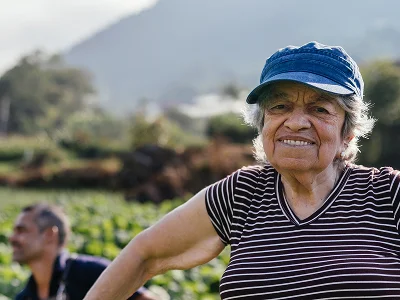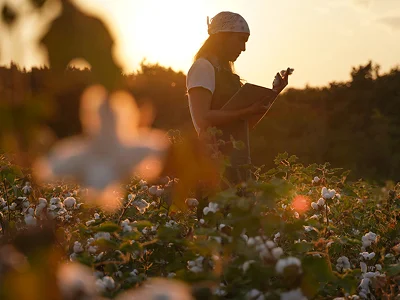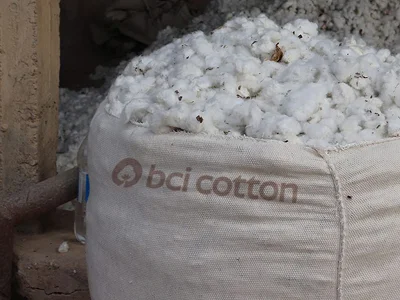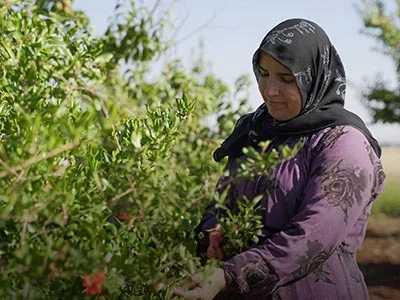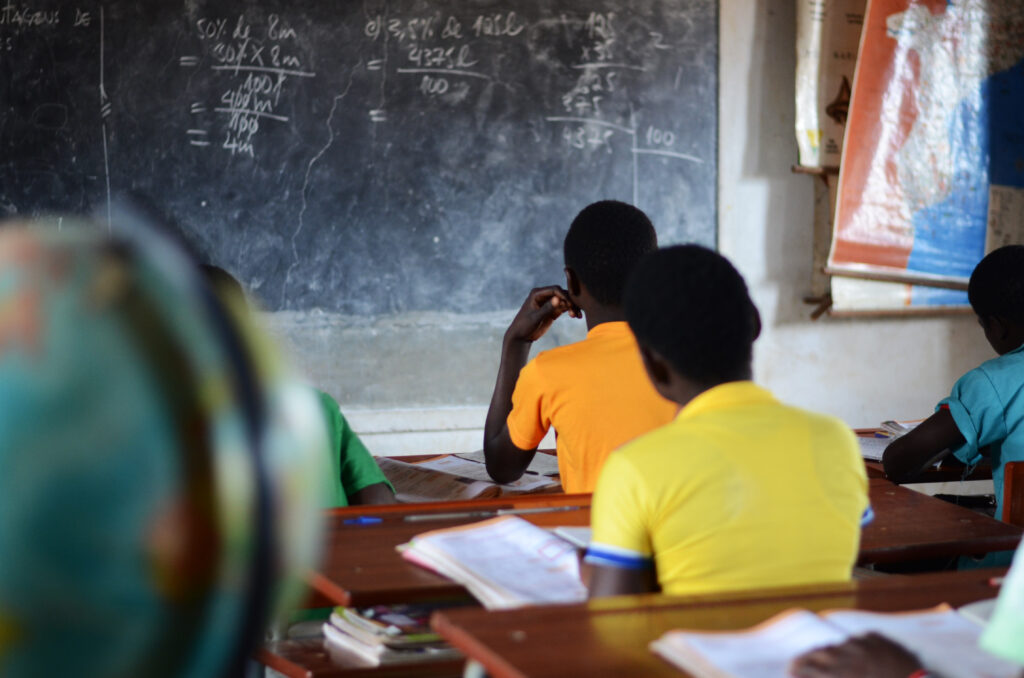



By Alessandra Barbarewicz, Senior Decent Work Officer at Better Cotton
On World Day Against Child Labour 2025, the International Labour Organization (ILO) and UNICEF have launched a joint report on the latest global estimates of child labour. The report finds that agriculture accounts for the largest share of children (aged 5-17) in child labour, at 61 per cent globally.
These are striking figures, but they are sadly commonplace. Despite significant progress in many areas of child protection, the agricultural sector remains one of the largest employers of child labour across the world, with cotton farming being no exception.
What Is Child Labour?
As defined by the ILO, child labour refers to work that:
- is mentally, physically, socially or morally dangerous and harmful to children; and/or
- interferes with their schooling by: depriving them of the opportunity to attend school; obliging them to leave school prematurely; or requiring them to attempt to combine school attendance with excessively long and heavy work.
At Better Cotton, we recognise the urgency of addressing child labour in the cotton supply chain. The scale of the problem may seem overwhelming, but that doesn’t mean there is no solution. We have the tools, knowledge, and collective power to bring about change, but a unified, long-term commitment to addressing the root causes of child labour is essential.
Understanding The Issue
Child labour in cotton farming is not confined to isolated countries or age groups; it is widespread across the industry. The children of smallholder farmers and seasonal workers, including migrant families, are the most vulnerable – pushed into work by systemic issues such as poverty, informal labour structures, lack of rights awareness, limited social infrastructure, and insufficient access to alternative livelihoods.
Children may be found working long hours in extreme heat, exposed to hazardous tasks like handling chemicals, using sharp tools, or carrying heavy loads. For many children in cotton-producing regions, these labour practices interfere with their schooling, social development, and future prospects, leaving them trapped in a cycle of poverty and exploitation.
A Proactive, Root-Cause-Focused Approach
At Better Cotton, our approach to combating child labour is grounded in tackling its root causes, not merely addressing the symptoms. Detecting child labour is only part of the solution; unless the structural factors that allow it to persist are also addressed, the issue will remain unresolved. This is why our strategy focuses on reducing vulnerabilities, equipping communities, and providing alternative livelihoods that enable families to thrive without relying on child labour. We aim to ensure that families have the tools and knowledge to identify safe, age-appropriate work for children that doesn’t compromise their education, health, or future.
Ensuring Age-Appropriate Work
While child labour is inherently harmful, not all work performed by children is automatically exploitative. In many contexts, children may engage in age-appropriate tasks, such as learning basic farming skills under supervision, provided that their health, education, and development are not at risk. Our goal is not to eliminate all work by children, but to ensure that their tasks are safe and aligned with their growth needs.
Better Cotton works closely with farmers and communities to help them understand what constitutes age-appropriate work, providing clear guidelines and training to prevent harmful activities. Our approach also includes labour monitoring and remediation systems, where local communities take an active role in identifying and mitigating child labour risks. This framework helps prevent children from falling into hazardous work and ensures a more secure future for them.
Addressing Child Labour Through Collaboration
At Better Cotton, we work with our Programme Partners, governments, and civil society organisations to create lasting, impactful and community-led change in cotton-growing communities. Our collective efforts have raised awareness of child labour risks and led to actionable solutions that have already been replicated across regions. As we continue this important work, we are committed to further scaling up and deepening our child labour prevention and remediation initiatives.
However, no single actor can solve this issue by themselves. World Day Against Child Labour is a crucial reminder that child labour demands global attention and that the most effective solutions come through wide collaboration.
Better Cotton calls on businesses, governments, and NGOs to share knowledge, align their efforts and act more decisively to tackle the root causes of child labour, ensuring that farming communities – including children – are involved in designing sustainable solutions. We urge companies in the cotton supply chain – from retailers to brands – to take a more active role in acknowledging and addressing this problem, rather than looking away and excluding smallholder producers from global supply chains and crucial livelihoods opportunities.
Through increased transparency, stronger due diligence frameworks, and meaningful collaborations, we can drive progress and protect the rights of children worldwide. Together, we can create a world where child labour is no longer a reality in the cotton sector.

